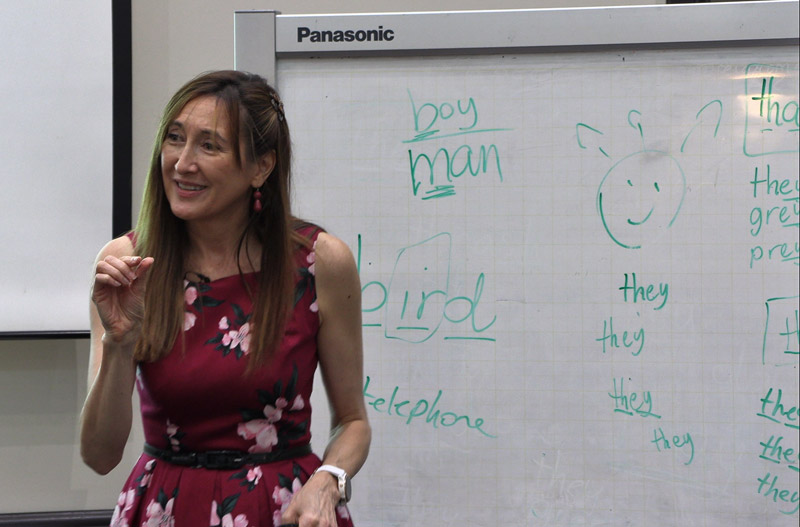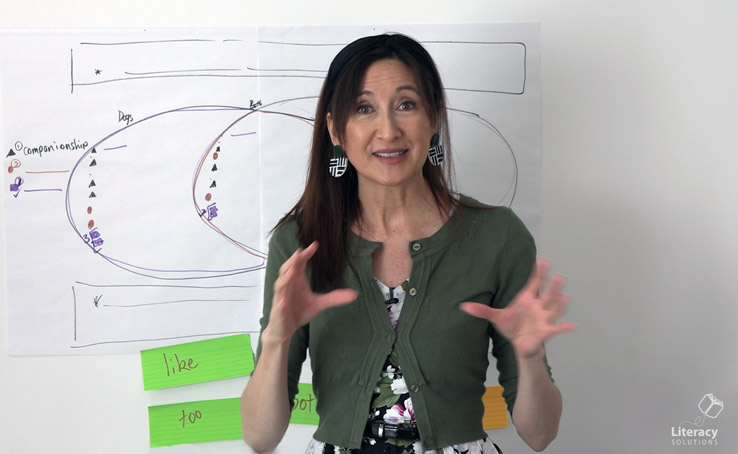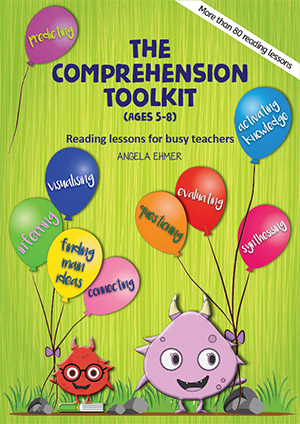‘Smart Queensland’ & the role of strategic language instruction
The Queensland Government has announced an early education initiative aimed at increased participation in pre prep programs by children aged 3-and-a-half to four-and-a-half years.
Queensland currently has 97% of children aged four-and-a-half to five-and-a-half attending full-time preparatory year programs, but only 29% of pre prep aged children participate in early education programs, delivered by qualified teachers. Whilst participation in education programs is relatively low, 48% of children this age attend long day or occasional care programs not facilitated by an educator. The remaining 23% remain at home, with family or in informal care such as family day care.
Smart Queensland is the initiative to deliver world class education to children in the formative years promoting readiness for later primary instruction programs. Amongst the many challenges facing the government are the provision of quality education programs to service the number of children, the availability of four year trained early education teachers, the provision of resources for regional and rural communities and the willingness of families to participate.
In response to these issues, the Queensland Government plans to build an additional 240 kindergartens, address early education within existing child care centres, expand the integrated Early Years Centres to support families in need and establish a new Office for Early Childhood Education and Care.
It will be interesting to follow the development of this important and valuable initiative. With such a large percentage of children attending day care centres, it will be fascinating to see the Governments’ strategy to provide quality education programs to children in these centres and to encourage families to enroll in pre prep programs provided by the Creche and Kindergarten Association of Queensland.
Whilst the emphasis should be on play based instruction, will the strategic development of language skills and knowledge be integral to the program and clearly outlined as part of the program’s goals? From a literacy perspective, these early opportunities to build, develop and extend children’s oral language and identify children at risk are invaluable. The goal of early education programs is not to push the curriculum down to younger children, however, a clear understanding and knowledge about how to achieve age appropriate goals in order to facilitate later success is paramount. Strategic instruction around oral language, through play, is vital.




